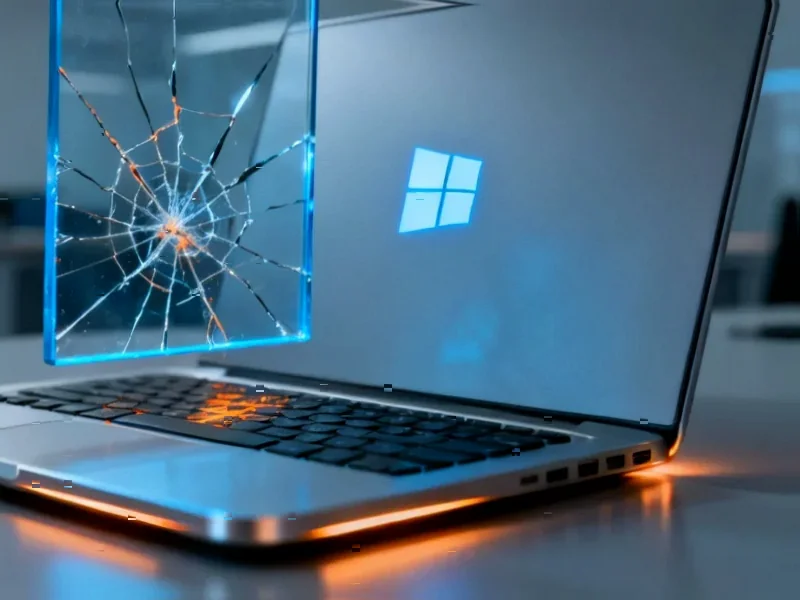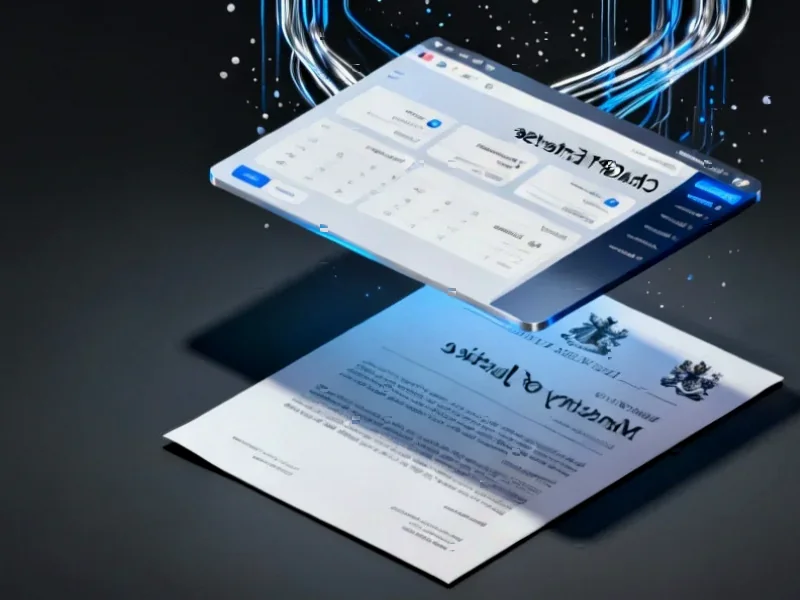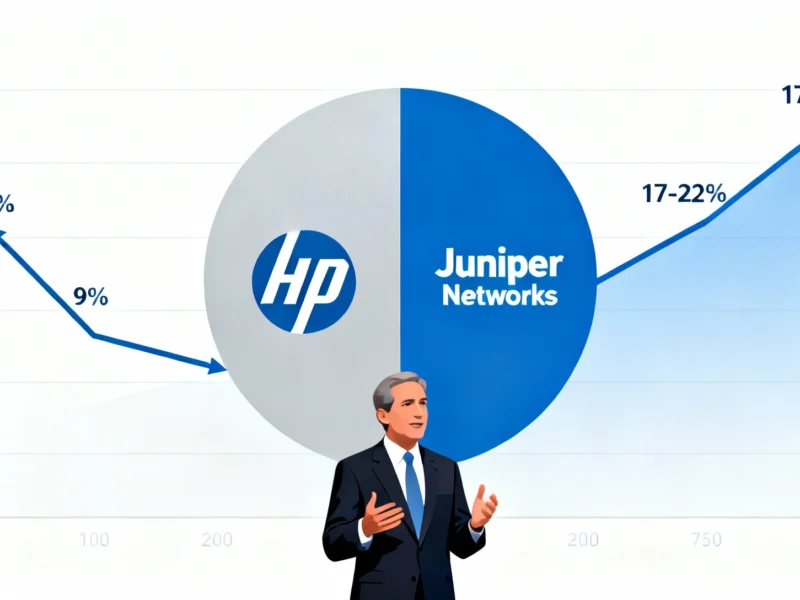The Persistent Legacy of a Computing Icon
Windows XP continues to haunt the collective memory of computing enthusiasts like a beloved ghost from a simpler digital era. Despite Microsoft having released the source code for MS-DOS 4.0 to the public, the company has maintained radio silence on doing the same for what many consider its most successful operating system. Industry observers point to a perfect storm of legal, technical, and security concerns that keep XP’s code locked away indefinitely.
Table of Contents
“People held onto their Windows XP installations as long as they could,” notes one analysis of the operating system’s enduring appeal. The platform represented a watershed moment when Microsoft brought its business-class Windows NT kernel to consumer machines, creating what many experienced as a remarkably stable and user-friendly environment. Even today, reports indicate niche embedded systems still rely on the antiquated OS despite security risks.
The Legal Labyrinth Beneath the Surface
What appears on the surface as corporate stubbornness actually masks a deeply complex intellectual property landscape. According to legal experts familiar with software licensing, Windows XP contains a web of proprietary and licensed components from numerous third parties. Some of these agreements would require consent from entities that may no longer exist, creating what sources describe as an “impossible” legal clearance process.
Meanwhile, the 2020 leak of partial Windows XP source code, as reported by ZDNet, demonstrated that even incomplete exposure didn’t trigger the security catastrophe some feared. Yet analysts suggest Microsoft remains cautious because XP shares architectural DNA with modern Windows versions, meaning vulnerabilities discovered in the old code could potentially illuminate security weaknesses in current systems.
Technical Hurdles of Resurrecting Digital Artifacts
Beyond legal considerations, the technical challenges of properly open-sourcing Windows XP appear substantial. Development tools and dependencies from the XP era have either evolved beyond recognition or vanished entirely. Recreating the original build environment would require what one source characterized as “digital archaeology” of questionable value given the resources required.
This stands in stark contrast to the relative simplicity of MS-DOS, which Microsoft successfully open-sourced in 2018. The difference in complexity between the two systems helps explain why one received preservation treatment while the other remains proprietary. As one analysis puts it, “XP is probably too old and complicated for an open-sourcing project to be feasible.”
Preservation Through Alternative Channels
For those determined to keep the Windows XP experience alive, alternative preservation efforts continue. The open-source ReactOS project aims to create a binary-compatible operating system that can run Windows applications, providing a potential path forward for XP-era software. Virtual machines also offer a safe environment for running the legacy OS without exposing modern systems to its security vulnerabilities.
What makes the Windows XP question particularly poignant is how the operating system represents a different philosophy in computing. As analysts note, this was “the last version of Windows that had it all before the decline”—an era before constant connectivity requirements, embedded advertising, and extensive data collection became standard. The contrast with modern computing paradigms explains why enthusiasts remain so attached to a twenty-year-old operating system.
Industry observers suggest that if Microsoft were to open-source any legacy Windows system, earlier versions like Windows 1.0 or 3.1 would present fewer complications. For Windows XP specifically, however, most analysts believe the combination of legal entanglement and technical debt creates a barrier unlikely to be overcome, leaving one of computing’s most beloved operating systems preserved in amber rather than released to the community.
Related Articles You May Find Interesting
- Boox Palma 2 Pro Packs Color E Ink and 5G Into Pocket-Sized Reader
- Legal AI Funding Hits Record $2.4 Billion as Filevine, Harvey Lead Surge
- Makarora, Ares to Acquire Plymouth Industrial REIT in $2.1 Billion Takeover
- Google’s Gemini Canvas Now Instantly Converts Documents to Presentations
- APLEX Showcases Rugged Panel PCs and Edge AI Solutions at embedded world North America



